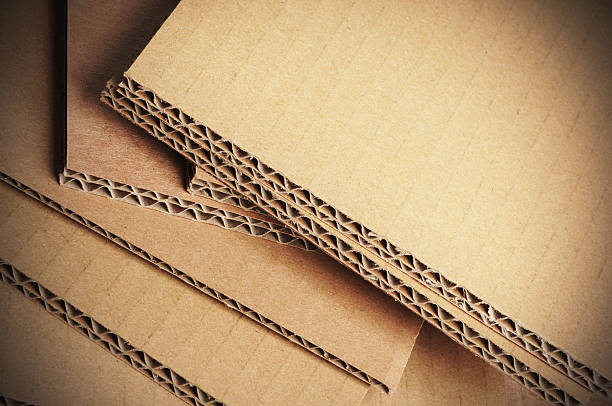
Cardboard Mulch Method
Share
Why Use Cardboard Mulch?
Cardboard mulch acts as a natural weed barrier while allowing water and nutrients to pass through. It slowly decomposes over time, feeding your soil and attracting beneficial earthworms. Unlike plastic or synthetic weed barriers, it improves soil health instead of depleting it.
Benefits of Cardboard Mulch:
✔️ Suppresses weeds naturally
✔️ Retains soil moisture
✔️ Breaks down into organic matter
✔️ Encourages earthworms and beneficial microbes
✔️ Reduces waste by repurposing cardboard
 *Not my photo. Photo Credit to Google.com*
*Not my photo. Photo Credit to Google.com*
Step-by-Step Guide to Using Cardboard Mulch
Step 1: Gather Your Materials
✔️ Plain cardboard (no glossy coatings or heavy inks)
✔️ Scissors or a box cutter
✔️ Watering can or hose
✔️ Organic mulch (wood chips, straw, leaves, or compost)
✔️ A little patience and excitement!
Step 2: Prepare the Area
Clear any large weeds or debris from the area you’re mulching. No need to till—just make sure the ground is relatively even. If you’re working around existing plants, leave space around their bases.
Step 3: Lay Down the Cardboard
Flatten your cardboard and remove any tape or labels. Overlap the pieces by a few inches to prevent weeds from sneaking through the gaps. The more layers, the better your weed suppression will be!
Step 4: Wet the Cardboard
Thoroughly soak the cardboard with water. This helps it stay in place and begin breaking down into the soil. Wet cardboard is also easier for earthworms to digest!
Step 5: Cover with Organic Mulch
Spread a thick layer (2-4 inches) of organic mulch or topsoil over the top. This helps hold the cardboard down, retain moisture, and adds extra nutrients to the soil as it decomposes.
Step 6: Let Nature Do the Work!
Over time, the cardboard will break down and enrich your garden bed. You can plant directly into the mulch by cutting small holes in the cardboard and adding compost to the planting area.
Tips & Tricks for Success
🌱 Use thicker cardboard for tougher weeds. If you’re battling stubborn weeds like bindweed or Bermuda grass, use extra layers of cardboard for better suppression. 🌧️ Mulch in early spring or fall. This gives the cardboard time to break down before peak growing season. 🐛 Worms love it! Expect to see more earthworms in your soil, which is a great sign of healthy, rich earth. ♻️ Repurpose shipping boxes. If you get a lot of deliveries, this is a great way to keep cardboard out of the landfill and put it to good use in your garden.
How Feral Flavors Uses Cardboard Mulch
In our own gardens, cardboard mulch has helped us grow the best ingredients for our homemade pickles, jams, and farm stand products. The improved soil health leads to more flavorful fruits, veggies, and herbs—meaning every jar of Feral Flavors goodness is packed with homegrown love.
Ready to give cardboard mulch a try? We’d love to hear how it works for you! Share your experience in the comments or tag us on social media with your garden updates. 🌱✨
Happy gardening, and as always—stay wild and flavorful!
